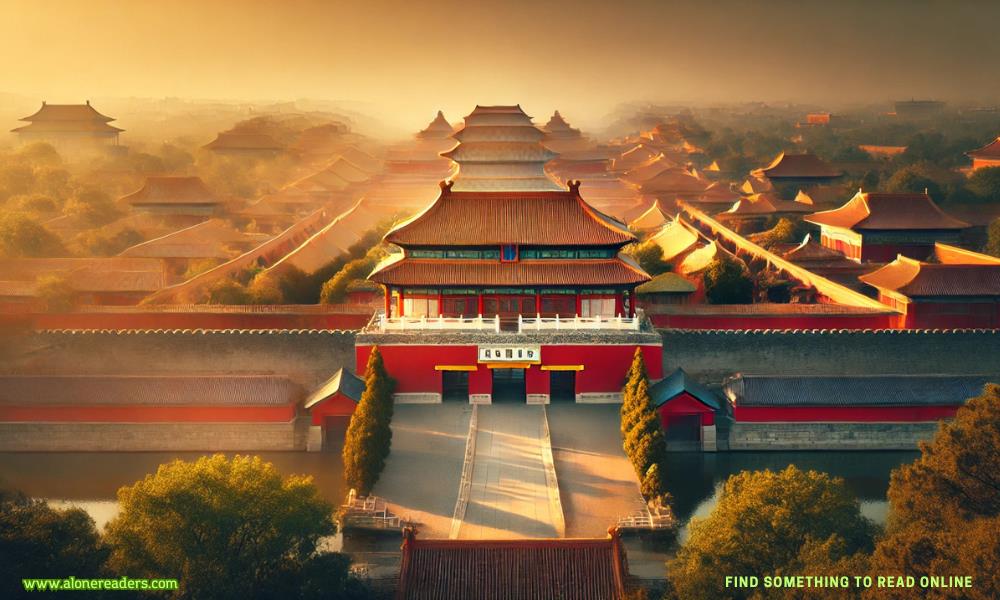
China’s Forbidden City is an awe-inspiring destination steeped in history, art, and grandeur. Originally the exclusive home of emperors for nearly 500 years, this grand palace complex, now a UNESCO World Heritage Site, showcases China’s imperial legacy. For travelers interested in history, architecture, and ancient Chinese culture, a day at the Forbidden City is an unparalleled experience, offering the chance to walk the same paths once graced by emperors and royals.
The Forbidden City is located in the heart of Beijing, just north of Tiananmen Square. It's accessible by various forms of transportation:
The Forbidden City is open daily except for Mondays. Entry fees vary based on the season:
Plan to arrive early, as it takes several hours to fully appreciate the Forbidden City. The palace opens at 8:30 AM, and last entry is typically at 3:30 PM, giving visitors ample time to explore the vast complex.
The Forbidden City, or Palace Museum, houses more than 9,000 rooms, each with intricate designs, colors, and symbols that narrate stories of imperial life. Notable sections include:
Meridian Gate: This grand entrance, known as the "Gate of Supreme Harmony," is where the emperors once held court. As you pass through, imagine the elaborate ceremonies and tributes once performed here.
Hall of Supreme Harmony: This is the largest and most significant building in the Forbidden City. The emperor’s throne resides here, surrounded by golden dragons and meticulously designed pillars. The hall’s scale and ornate details convey the emperor’s power and authority.
Palace of Heavenly Purity: Once the living quarters for emperors, this palace provides a glimpse into their private lives. The architecture here is slightly more subdued but maintains a regal elegance.
Imperial Gardens: At the northern end of the complex, the gardens offer a quiet space filled with ancient cypress trees, rockeries, and pavilions. This was a serene escape for the royals.
Treasures Gallery and Clock Exhibition Hall: If you have extra time, these exhibitions (which require an additional fee) showcase precious artifacts and intricate timepieces that reflect China’s rich history.
The Forbidden City is best experienced with a guide or audio tour, as this provides insights into its symbolism, design, and the lives of the emperors. Audio guides are available for ¥40 ($6 USD).
For travelers looking to stay near the Forbidden City, there are numerous options that fit various budgets.
Budget Option - 365 Inn Beijing (near Tiananmen Square)
Cost: ¥200-300 per night ($30 - $45 USD)
A budget-friendly hostel with clean rooms and a friendly atmosphere, ideal for backpackers.
Mid-Range Option - Hotel Kapok Beijing
Cost: ¥600-800 per night ($90 - $120 USD)
This hotel blends modern design with traditional Chinese elements and is located just a short walk from the Forbidden City.
Luxury Option - The Peninsula Beijing
Cost: ¥2,000+ per night ($300+ USD)
For a luxurious stay, The Peninsula Beijing offers opulent rooms, world-class service, and a range of high-end amenities.
Beijing is famous for its flavorful and diverse cuisine, and there are several notable spots to try authentic Chinese food near the Forbidden City:
Siji Minfu Roast Duck Restaurant: Beijing’s roast duck is iconic, and Siji Minfu is a local favorite. A meal costs around ¥200 per person ($30 USD) and includes tender duck served with pancakes, sauces, and sides.
Dadong Roast Duck Restaurant: Known for a lighter, less oily version of Beijing’s roast duck, Dadong is a bit pricier, with meals averaging ¥300 ($45 USD) per person.
Beijing Snack Street (Wangfujing): For an affordable and adventurous dining experience, this area offers everything from dumplings and noodles to exotic snacks like scorpions and starfish. Expect to spend around ¥50 ($8 USD) for a variety of street foods.
Total estimated cost: ¥200 - ¥500 ($30 - $80 USD) without accommodation
Conclusion
A day at the Forbidden City is a step back into the opulent world of China’s imperial history. From the majestic halls and pavilions to the tranquil gardens, every corner of this complex tells a story. Whether you’re a history enthusiast, a lover of art, or simply a curious traveler, the Forbidden City offers a deep, immersive experience of China’s cultural legacy.